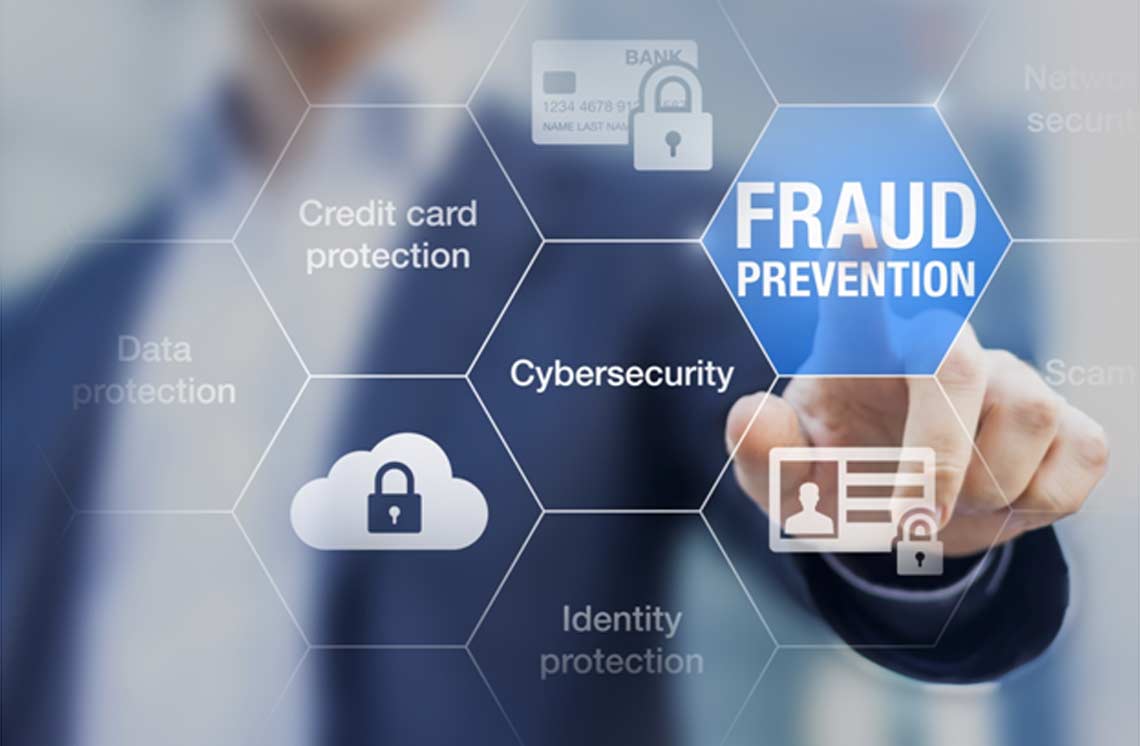
Securing Your Business: Strategies for E-commerce Payment Fraud Prevention
In the fast-paced world of e-commerce, where digital transactions are the norm, safeguarding against payment fraud is paramount. This article explores effective strategies to prevent e-commerce payment fraud and protect your business and customers.
Understanding the Landscape of Payment Fraud
Before diving into prevention strategies, it’s essential to understand the landscape of payment fraud. Cybercriminals employ various tactics, including stolen credit card information, identity theft, and phishing schemes. Being aware of potential threats is the first step in fortifying your defenses.
Implementing Secure Payment Gateways
One of the foundational elements in e-commerce payment fraud prevention is the use of secure payment gateways. These gateways encrypt sensitive information during transactions, creating a secure pathway for the transfer of payment details. Choose reputable payment gateways to ensure the highest level of security.
Utilizing Address Verification System (AVS)
The Address Verification System (AVS) is a valuable tool for preventing fraudulent transactions. AVS compares the billing address provided by the customer with the one on file with the credit card issuer. Mismatched addresses can be flagged for further verification, adding an extra layer of protection.
Employing Two-Factor Authentication (2FA)
Two-Factor Authentication (2FA) adds an additional layer of security by requiring users to provide two forms of identification before completing a transaction. This could include a password and a unique code sent to the user’s mobile device. Implementing 2FA strengthens authentication processes, reducing the risk of unauthorized access.
Regularly Monitoring Transactions
Continuous monitoring of transactions is crucial for detecting suspicious activities promptly. Automated systems can analyze patterns, flag unusual transactions, and alert merchants to potential fraud. Regular manual reviews, especially for high-value transactions, complement automated monitoring and enhance overall vigilance.
Educating Customers on Safe Practices
Educating customers about safe online practices is a collaborative effort in e-commerce payment fraud prevention. Encourage customers to use strong, unique passwords, regularly update their account information, and be cautious about phishing attempts. Informed customers become additional layers of defense against fraud.
Implementing Velocity Checks
Velocity checks involve analyzing the frequency and quantity of transactions from a single source in a given timeframe. Unusual spikes in activity can be indicative of fraudulent behavior. Setting thresholds and implementing velocity checks help identify and prevent fraudulent transactions in real-time.
Staying Informed About Emerging Threats
The landscape of payment fraud is ever-evolving, with cybercriminals continuously developing new tactics. Staying informed about emerging threats, vulnerabilities, and industry best practices is essential. Regularly updating your fraud prevention measures ensures that your defenses remain robust.
Collaborating with Fraud Detection Services
Engaging with specialized fraud detection services can provide an additional layer of protection. These services use advanced algorithms and machine learning to detect patterns indicative of fraud. Collaborating with such services enhances the efficiency of your fraud prevention strategy.
Building a Comprehensive Fraud Prevention Policy
Ultimately, a comprehensive fraud prevention policy should be an integral part of your e-commerce strategy. This policy should outline the preventive measures in place, the processes for monitoring and addressing potential fraud, and the steps taken to educate both staff and customers.
In your journey to secure e-commerce transactions, explore further insights at E-commerce payment fraud prevention. Implementing these strategies not only protects your business but also fosters trust and confidence among your customers.
(Note: The URL used is a placeholder and may not lead to an actual website.)
